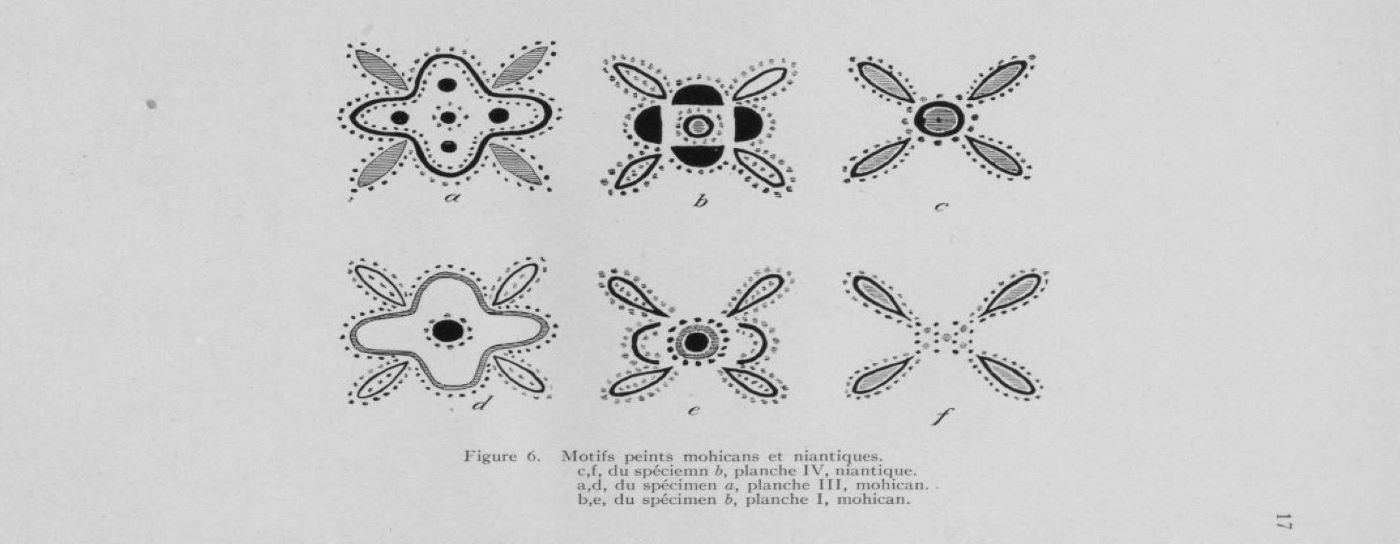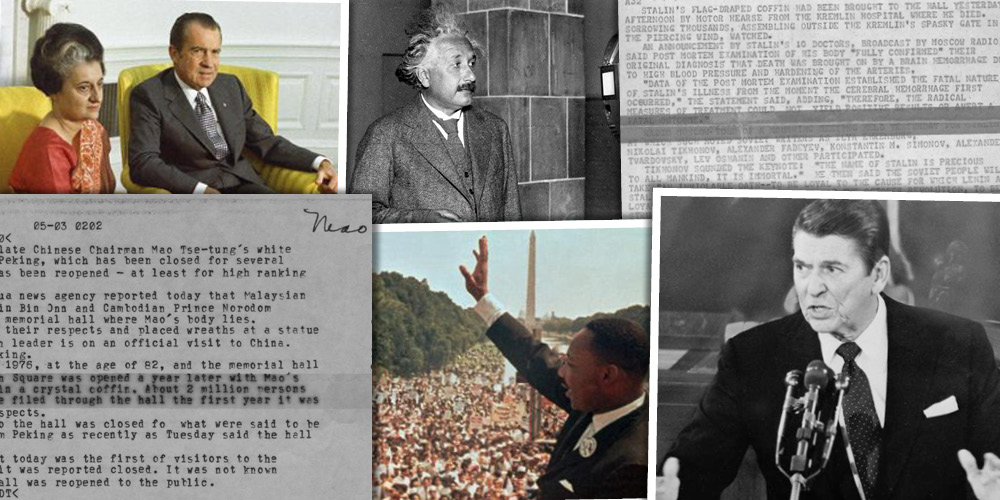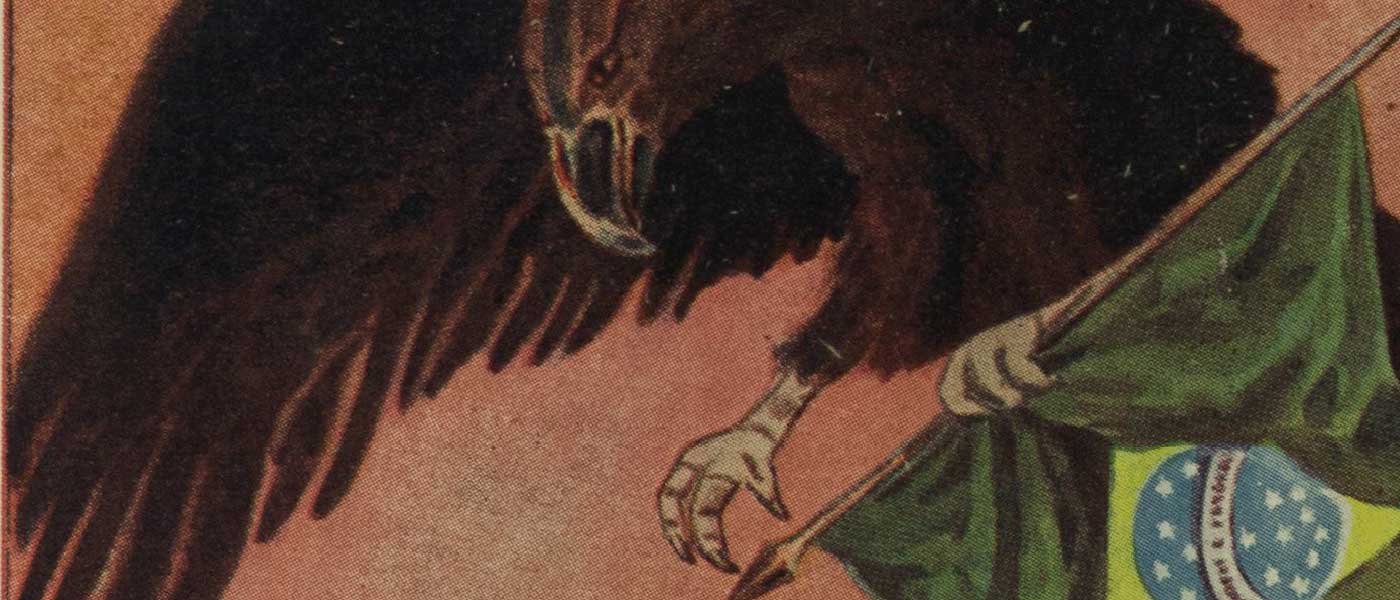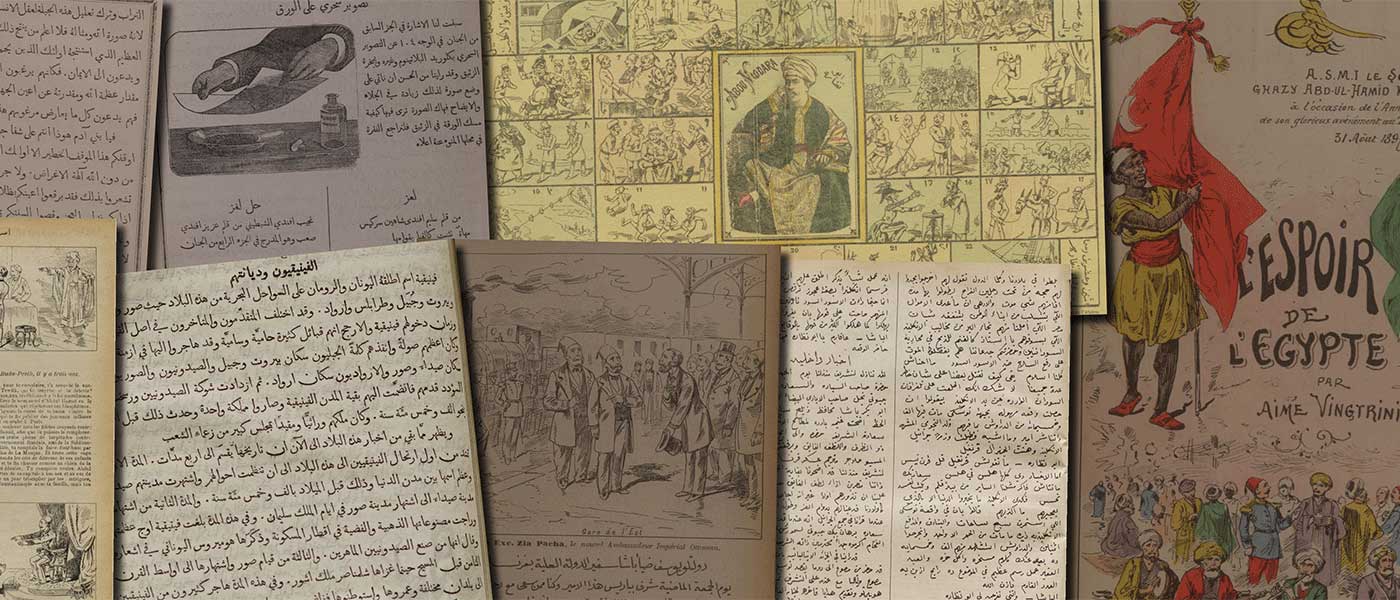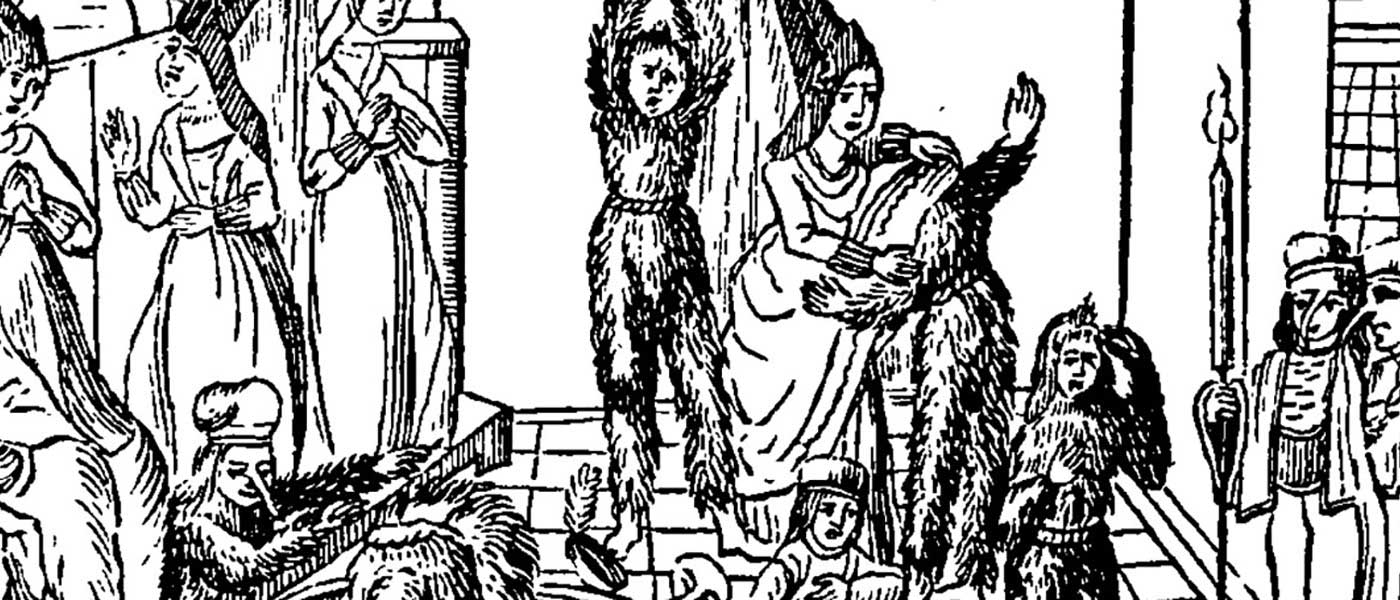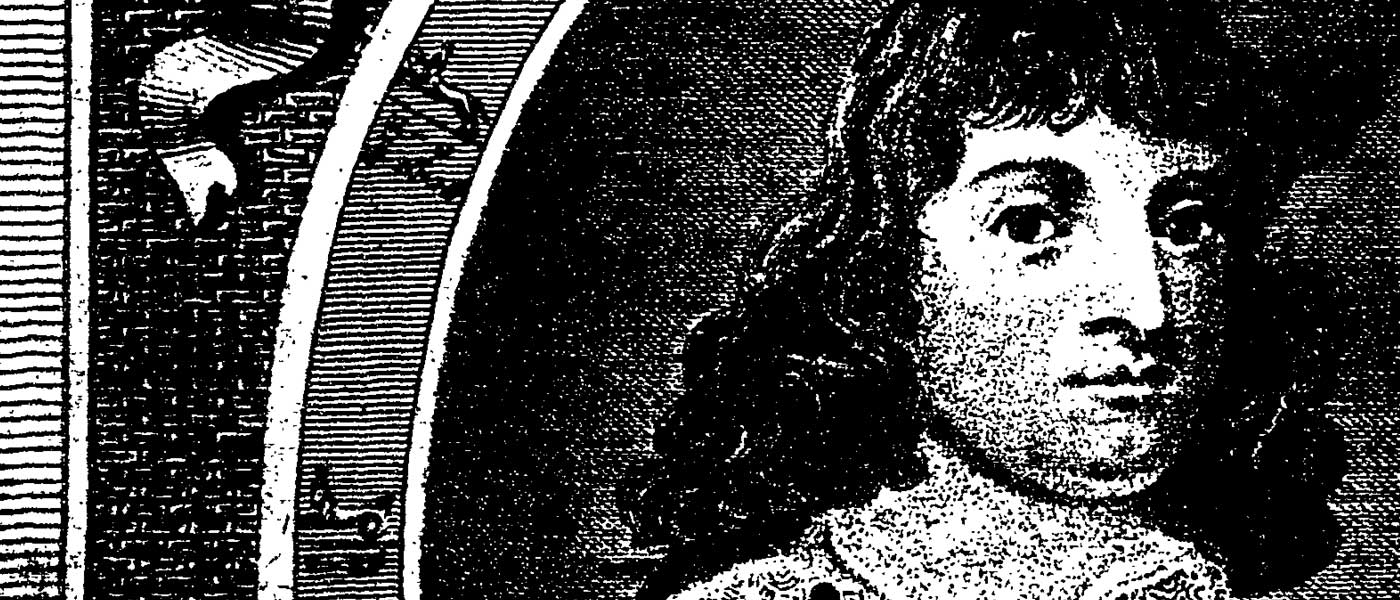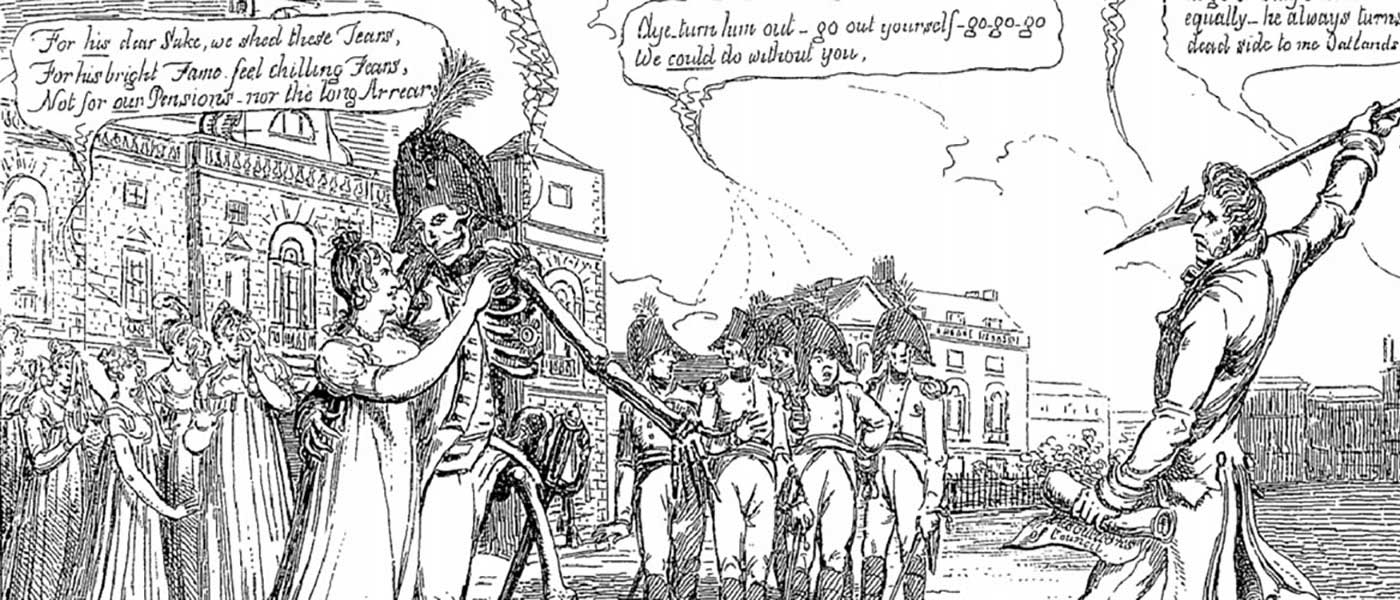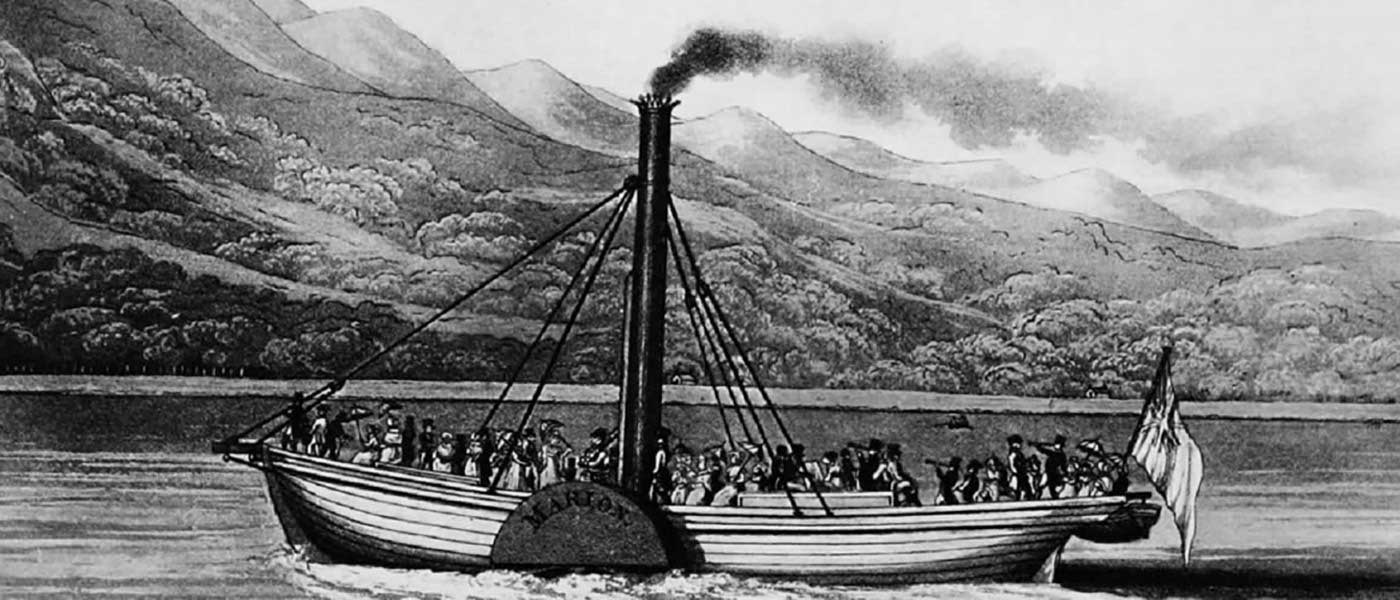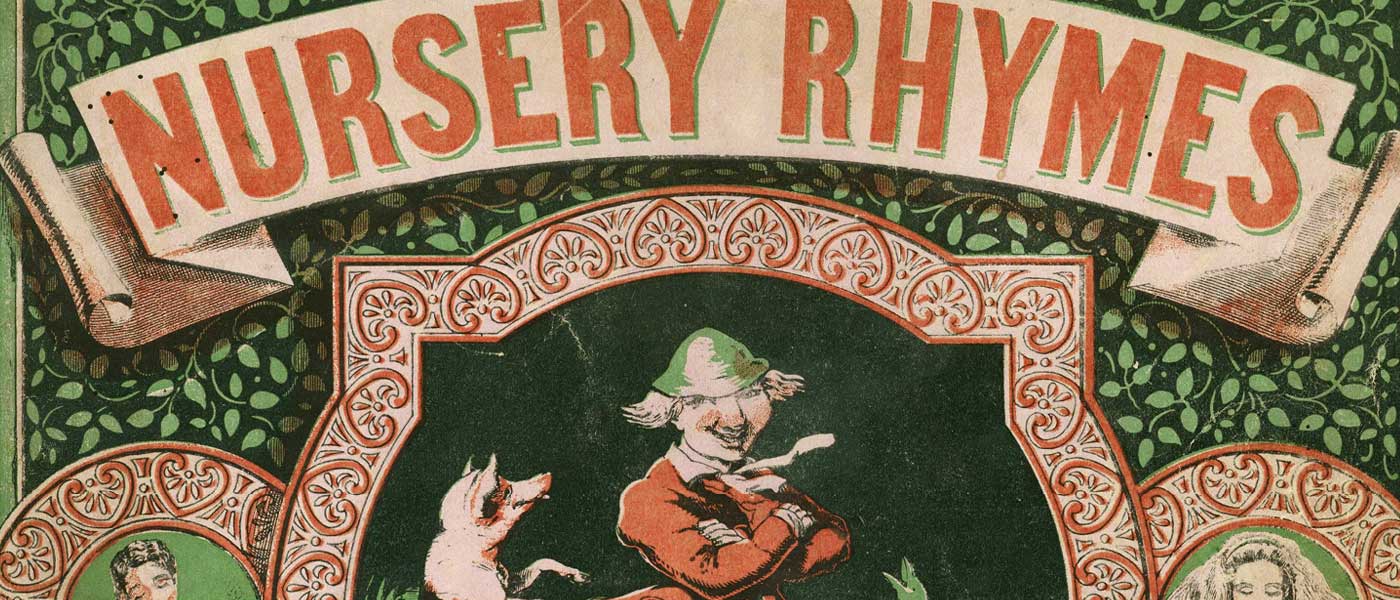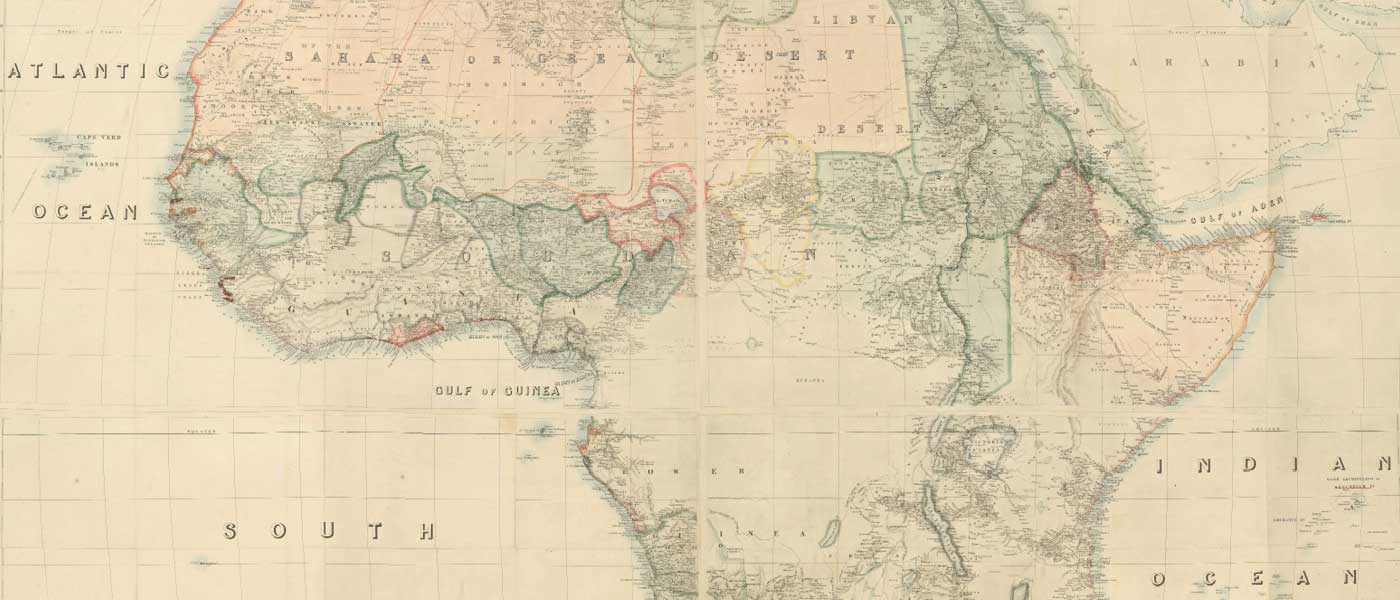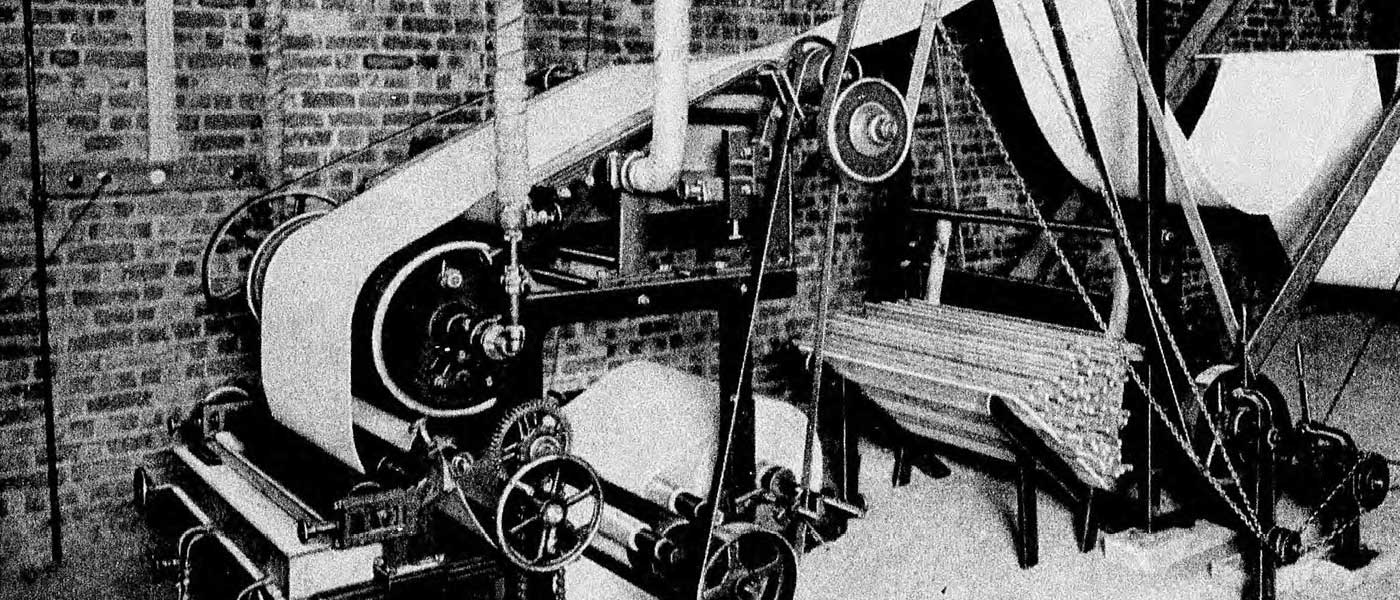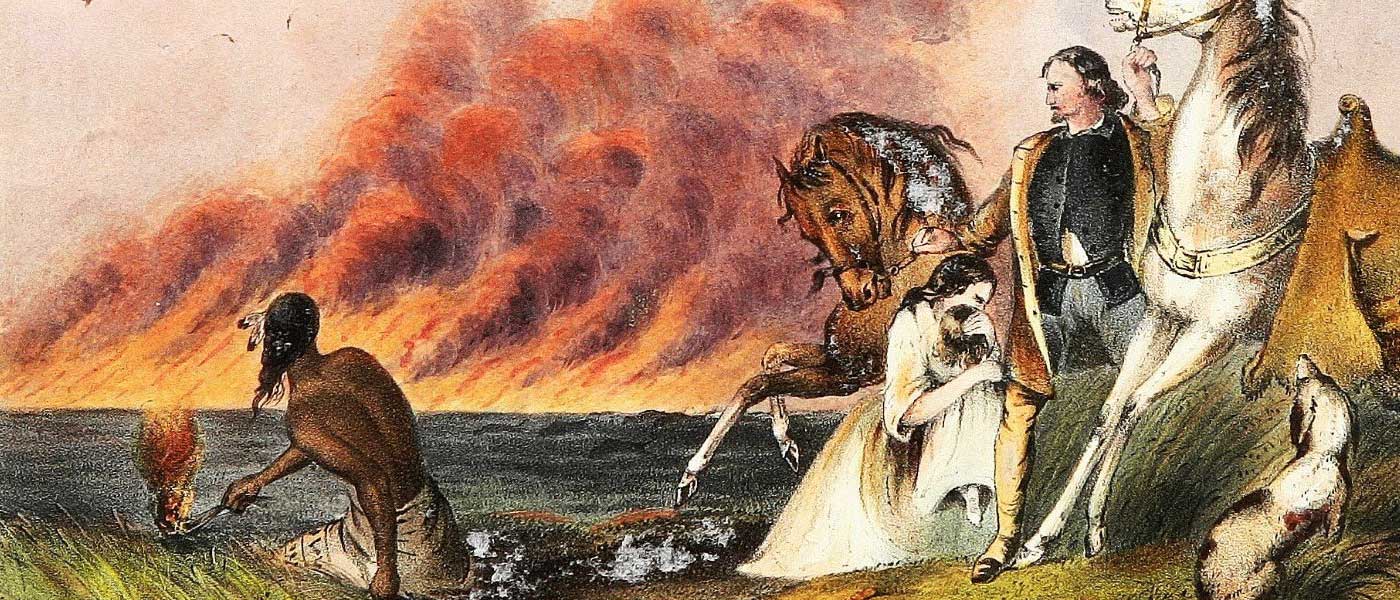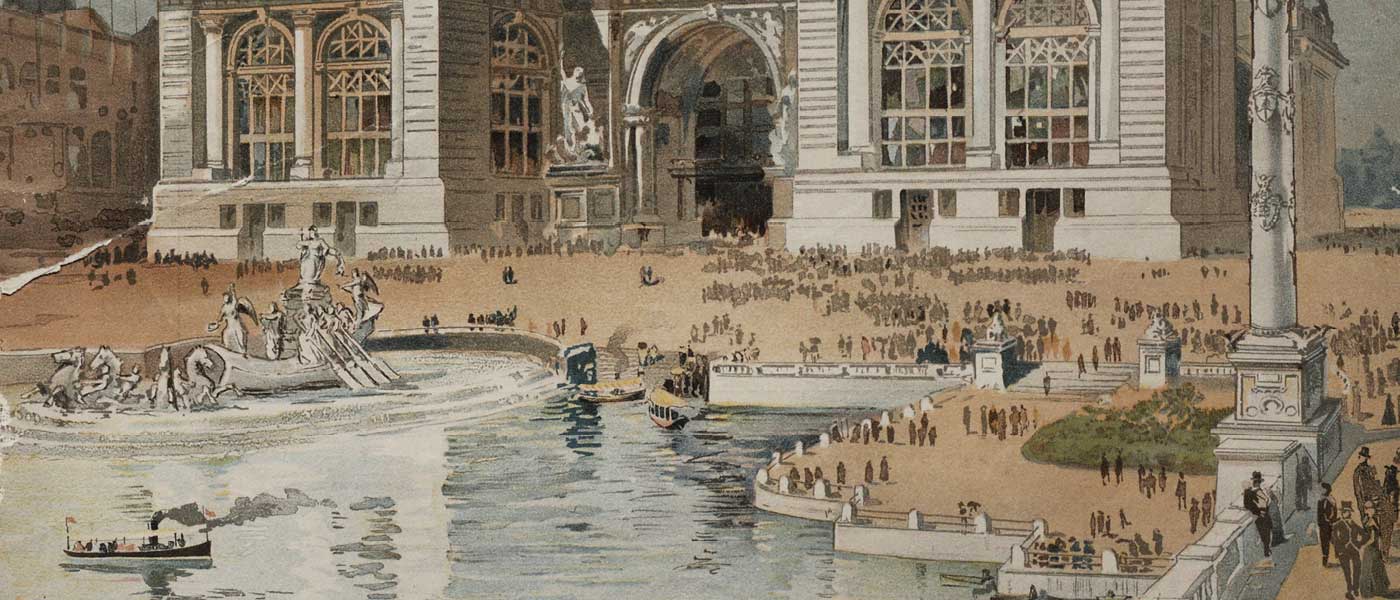A comprehensive collection on the experience of the Indigenous peoples of North America.
Indigenous Peoples of North America, Part II: The Indian Rights Association, 1882-1986, provides a near complete record of the efforts of the first organization to address Native American interests and rights. This collection includes incoming and outgoing correspondence; organizational records; printed material (including early pamphlets and publications both by the Indian Rights Association and other American Indian and Indian-related organizations); Indian Rights Association annual reports; draft legislation; administrative files, the papers of Indian Rights Association founder Herbert Welsh, photographs (often from Western field trips), materials from the Council on Indian Affairs, and manuscripts and research notes regarding social and cultural Indian traditions.
Indigenous Peoples of North America, Part II: The Indian Rights Association, 1882–1986 is available with handwritten text recognition (HTR) technology. This increased search efficiency directs researchers toward relevant material more quickly, saving valuable research time and opening greater research pathways.
BROWSE COLLECTION
In addition this archive benefits from Browse Collection, a feature that enables researchers to browse a complete list of files in the order they were arranged by the source library.
Because advanced researchers are often familiar with an original source library's collection, it is important to digitally replicate the experience of browsing the physical archive. This not only allows for a “bird’s-eye view” of everything available in a collection, but also offers another way to gain quick and easy access to specific documents.
This feature can also serve as an effective teaching tool. By recreating the finding aid experience instructors can use this feature to teach students how an archival collection is organized and how to navigate it for their own research needs.
Founded in 1882, The Indian Rights Association became one of the best-known nongovernmental organizations in the late nineteenth and early twentieth century to support American Indians. Founded by White philanthropists, the Indian Rights Association exemplifies the troubling history and the transformation over time of White-Indian alliances over the course of the twentieth century.
The Indian Rights Association adopted the paternalistic, assimilationist views current at the turn of the century, advocating for detribalization as the most effective means of improving the economic and social status of American Indians in the United States. At the same time, the Association also served as one of the first watch-dog organizations to report on and expose the abuses of civil servants assigned by the federal government to work with American Indian communities. In time, the Indian Rights Association would relinquish its assimilationist views, ally itself with new, sometimes Indian-run, organizations such as the Society of American Indians, the National Indian Defense Association, and the Association on American Indian Affairs.
The Indian Rights Association would gain recognition among non-Indian audiences and legislators in Washington, D.C., as a key source of information on American Indians affairs. Although the organization in its early years advocated policies that ultimately had adverse impacts on American Indian communities, it also regularly combated myths and half-truths that regularly formed the basis of legislation and policy affecting American Indians. The Indian Rights Association sought to remedy this lack of reliable information among U.S. government officials and the general population through pamphlets, newsletters, reports, and much else.

Gale Primary Sources | Gale Review Blog
Archives Explored | Sign up for Updates

FEATURED REVIEW
The platform functionality is robust, mobile-responsive and visually appealing. Researchers can choose from a dazzling array of facet searches. . . Historians, political scientists, and advanced students will benefit from this collection’s significant and distinctive content as well as the platform’s powerful search and functional design.
- Library Journal
Additional Details
subjects covered
- Humanities & Social Sciences
- U.S. History
- American Indian / Native American Studies
Platform Features & Tools
Term Frequency
Researchers can see the frequency of search terms within sets of content to begin identifying central themes and assessing how individuals, events, and ideas interact and develop over time.
Topic Finder
By grouping commonly occurring themes, this tool reveals hidden connections within search terms—helping to shape research by integrating diverse content with relevant information.
Cross-Search Capability
Search across the content of complementary primary source products in one intuitive environment, enabling innovative new research connections.


